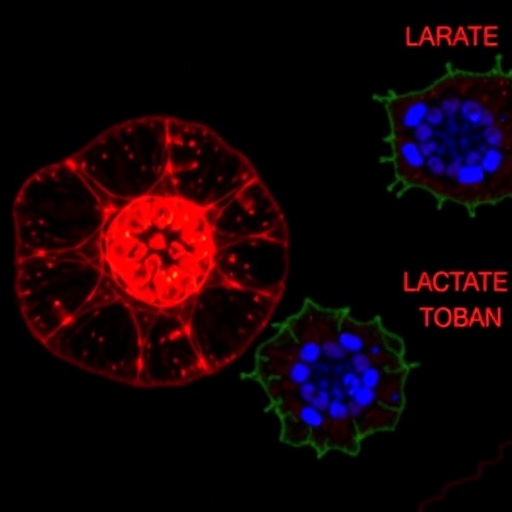Belgian scientists have discovered the key role of protein Taok3 in the development of type B immune cells known as MZB cells, which are responsible for making antibodies to fight diseases. Researchers are familiar with the functions of MZB cells, but the molecular processes involved in their development remained a mystery until an unrelated test revealed that Taok3 plays an essential role. Using these insights, a research team led by professor Bart Lambrecht (VIB-UGent/UZ Gent) demonstrated that mice genetically lacking in Taok3 did not develop MZB cells, and are more susceptible to bacterial infection. These insights also lead to potential new molecular therapies for genetic conditions, asthma and diabetes. The results of the study were published in leading academic journal Nature Immunology.
B cells are an important part of our immune system, as they are responsible for manufacturing antibodies that fight disease. However, not all B cells are the same. The research team of professors Bart Lambrecht and Hamida Hammad (VIB-UGent) zeroed in on the development of B cells located in the spleen, labeled MZB cells. Using an unexpected finding from another project that identified a protein, Taok3, as the trigger for the development of MZB cells, prof. Lambrecht and his team showed that mice without the genetic ability to make Taok3 developed other types of B cells, but not MZB cells. As a result, they were susceptible to pneumococcus infection, a major cause of respiratory illness.
Two types of B cells with different functions
A known population of B cells that makes antibodies effective against a wide range of pathogens resides in the spleen, an organ responsible for filtering bacteria and other harmful particles from the blood. Two types of B cells are formed in the spleen: MZB cells, named so because they are found in an area of the organ called the 'marginal zone', and follicular B cells. However, scientists knew little about the mechanisms governing why early B cells develop into MZB cells versus follicular B cells.
Hamida Hammad (VIB-UGent): "We had a 'eureka!' moment after discovering that a little-known protein, Taok3, brings a certain proteinase, ADAM10, to the surface of the immature B cell that triggers its development into an MBZ cell. Without that special event, immature B cells can only develop into follicular B cells."
Taok3's role in triggering B cell differentiation
In mouse strains, the team observed in vivo that without Taok3, immature B cells never 'committed' to becoming MZB cells. MZB cells generate antibodies against encapsulated bacteria such as pneumococcus when they enter the bloodstream.
Hamida Hammad (VIB-UGent): "With an abundance of only follicular B cells, Taok3-free mice are less capable of fighting these types of bacteria effectively."
Potential therapies for protein-related disease
Collaboration with other Belgian scientists revealed that proteins similar to ADAM10 were also affected in animals without Taok3, potentially contributing to the development of brain diseases characterized by too much ADAM10 activity, such as the genetic disorder fragile X syndrome, which can result in intellectual disability.
Bart Lambrecht (VIB-UGent/UZ Gent): "Even more, we also found connections between Taok3 and the development of diabetes and asthma. This research has generated insights that are very relevant to new therapies to a range of important diseases. It goes to show that basic science sometimes leads to unexpected – and important – applications."
###
Media Contact
Sooike Stoops
[email protected]
32-924-46611
@VIBLifeSciences
http://www.vib.be
############
Story Source: Materials provided by Scienmag




